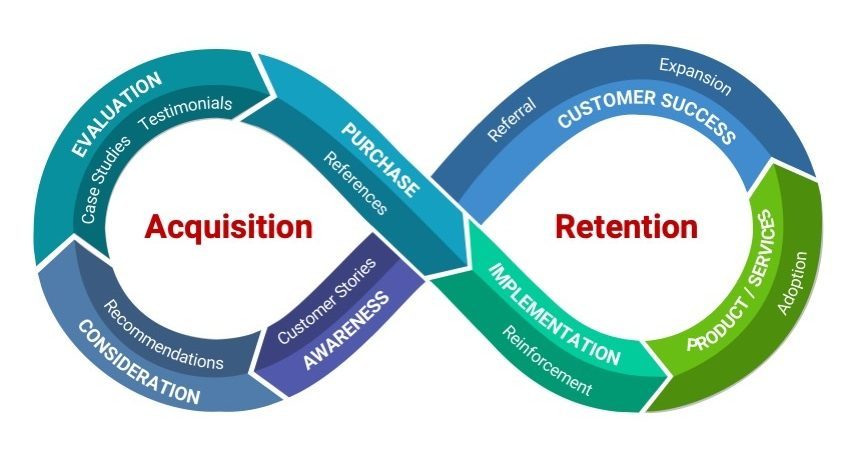
If you are in marketing, sales or customer success, the term ‘case study’ is likely to generate some definite opinions, which may or may not be accompanied by finger-pointing (and let’s be honest, it’s mostly at marketing). It’s something that plagues nearly every company, big and small, and becomes especially acute at certain phases of the customer acquisition cycle – awareness, consideration, evaluation, purchase… well, when you think of it that way, it’s really all of it.
The frustration and finger-pointing that typically occurs (raise your hand if you’ve experienced this) is caused by a lack of clear lines of delineation of roles and responsibilities, an inconsistent process, lack of resources and/or misalignment across departments.
So, who is responsible for customer advocacy (in general) and customer advocates (specifically)? Marketing is an obvious answer because it is tasked with the development and dissemination of case studies. And, what happens when sales need a case study, reference, or any other proof point? They turn to marketing and if marketing does not have fresh, relevant or compelling case studies the frustration begins. Any guesses as to what happens if this happens enough times? (Hint: it’s not good).
And a happy and successful customer is shaped by the entirety of their experience – from sales to implementation to support to results to scaling. If any one of these is anything less than a B grade, the odds are long for a case study, etc. Marketing alone can’t make that happen.
Below are seven considerations why case studies, reference, referrals and other “voice of the customer” content may be in short supply:
So, back to the million-dollar question: who is responsible for customer advocacy? The short answer is: Everyone.
If the customer experience falters at any stage, then the much-needed case study or reference is compromised. And unless the rest of the experience is so stellar that it washes away the bad, it’s unlikely you’ll have an advocate at the end.
What does this mean? That everyone is on the hook to create a great customer experience that leads to advocacy. Product can’t do it alone, nor can Customer Success, nor marketing nor sales. It’s a team play.

With so many groups busy focusing on their own thing, there are two critical components necessary to provide a steady stream of case studies and references:
We’ve said it before and we’ll say it again: developing customer advocacy isn’t difficult, but it does take some focus. Most companies want to get to a place where they have a steady stream of case studies and references but don’t have the time or resources. The good news is there is help readily available; you just need to ask for it.